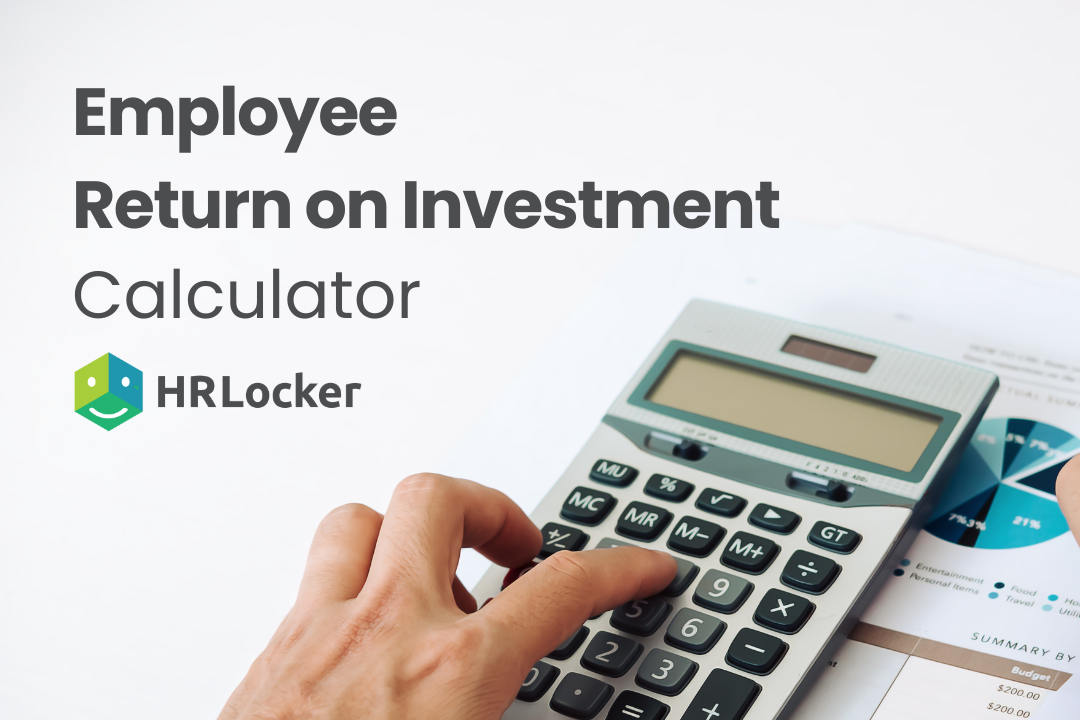Bradford Factor Calculator
Measure and analyse employees' absenteeism as a contributing factor to overall workplace performance
Calculate Employees' Absenteeism
Number of instances of absence
Total number of days absent in a 52-week period
What is the Bradford Factor?
The Bradford Factor is a system that utilises an equation to measure and quantify the amount of employee absence in the workplace. The equation takes into account the number of times an employee has been absent, as well as the length of each absence. By assigning a score to each absence, employers can track patterns of absenteeism more easily and effectively manage employees’ performance.
The Bradford Factor is calculated with the following formula:
B = S² x D
B = Bradford Factor
S = Spells or number of occasions of unauthorised absence (in the formula this is squared (multiplied by itself))
D = Total number of days absent
Bradford Factor Examples
Employee A
Over the last 12 months, Employee A has been absent from work on 6 occasions due to sickness. These 6 occasions account for 8 days of absence in total over the 12 month period.
Employee A’s Bradford Factor score is 288 which is calculated by:
S x S x D = Bradford Factor
6 x 6 x 8 = 288
Employee B
Over the last 12 months, Employee B has been absent from work on 2 occasions due to sickness. These 2 occasions account for 16 days of absence in total over the 12 month period.
Employee B’s Bradford Factor score is 64 which is calculated by:
S x S x D = Bradford Factor
2 x 2 x 16 = 64

Why use the Bradford Factor?
The Bradford Factor is a tool used to identify trends and underlying patterns across the workforce and in an individual’s absenteeism.
The Bradford Factor can also be used to set trigger points based on the score. Trigger points would typically be set to lead to an absence review and potential disciplinary action. However, prior to the latter stage trigger points can be used more positively. Whether the trigger prompts an absence review or a simple conversation between managers and employees, there is an opportunity to understand any issues from both sides. With this insight, the organisation can look at whether any adjustments can be made to support the individual and ultimately reduce absence.
Bradford Factor Report in HRLocker
Our HR Software can be used to calculate and download Bradford Factor Score across your organisation. Filter by employee, team, department and even office to easily extract that important information.
The reports can be exported as a CSV file, which allows you to store and manipulate the data in a spreadsheet that could be emailed to your colleagues who need to see the data or extracted by the selected managers and admins. Alternatively, the reports can be printed as they are displayed in our system.
Book a demo to find out how we can help you with automatically calculating a Bradford Factor Score for your employees and company.
What is a ‘good’ or ‘bad’ Bradford factor score?
Higher scores suggest an employee’s absence rate is having a more negative impact on the organisation.
For example, if an employee is absent once in 52 weeks for 10 days, their Bradford factor score is:
What is a high Bradford Factor Score?
There is no definitive answer as to what a high score is, as each organisation sets its own trigger points. For example, one organisation might consider 100 points to be the stage at which an absence review is first triggered, whereas another may set it at 180 points.


Assessing Absenteeism with the Bradford Factor
The Bradford Factor is a great tool for assessing employee absenteeism, as it takes into account both the frequency and duration of absences. It is particularly useful for identifying trends in absences over time and can help you to address issues such as long-term sick leave or habitual short-term absence.
By monitoring the scores of individual employees, you can quickly identify when an employee’s performance might be impacted by their attendance record. Your team can then work with that employee to make sure they are managing any personal or work-related issues they may have.
Practical Applications of the Bradford Factor
The Bradford Factor is a great way for businesses to gain a better understanding of employee absenteeism, allowing them to address any potential issues in a timely and effective manner. By setting realistic attendance targets and implementing the Bradford system, you can quickly spot patterns of absence and intervene where needed.
Moreover, the impact of introducing Bradford across your team’s performance KPIs should not be understated. Increased visibility and accountability can go a long way in preventing absences from disrupting productivity levels.


Benefits of Using the Bradford Factor
The Bradford Factor offers a range of benefits to employers when it comes to understanding employee absenteeism. It can provide an early warning sign of any potential conflicts or behavioural issues among team members, as well as help HR departments identify high frequencies of short-term absences. Additionally, the Bradford Factor also helps in terms of budgeting and forecasting staff absences, allowing you to better plan and allocate resources accordingly.
Reduces absence
The main reason any organisation will use the Bradford Factor is to reduce its absenteeism. It encourages employees only to take the day off when it’s absolutely necessary. It makes them think carefully about their short-term absences will negatively score them in the long term.
Saves time
HR teams are becoming overworked and admin is stealing time away from focusing on employee needs. The Bradford Factor equips the HR team with an easy way to monitor absentee issues and react accordingly without requiring time-consuming, manual analysis.
Bradford Factor disadvantages
Lacks detail
The Bradford Factor accounts for the mathematical nature of absenteeism, not the underlying issues causing it. For example, an employee who regularly takes sick leave on particular days may have a genuine reason, such as a chronic condition or mental health issues, but is completely ignored when using the Bradford Factor.
Potentially increases stress
The Bradford Factor is designed to help reduce instances of absence but may have the opposite effect in some circumstances. Setting your absence scores too low could trigger early meetings or warnings and cause undue stress for the employee.
Assumes every department is a one-size fits
Depending on job role, industry or location, there may be circumstances where employees are more likely to take a sick day. For example, someone working in catering and preparing food daily may require more time off for health and safety reasons than someone working in an office.

More HRLocker Calculators
Are you sure that you know everything?
Are you ready to automate your HR processes?
No contract, No credit card, No funny business, Just great HR software!
Request 14 Days Free Trial




